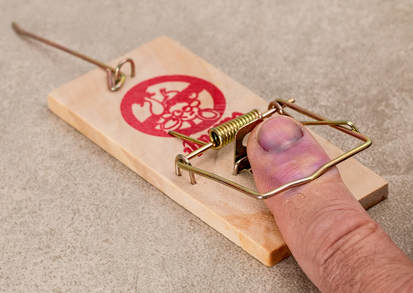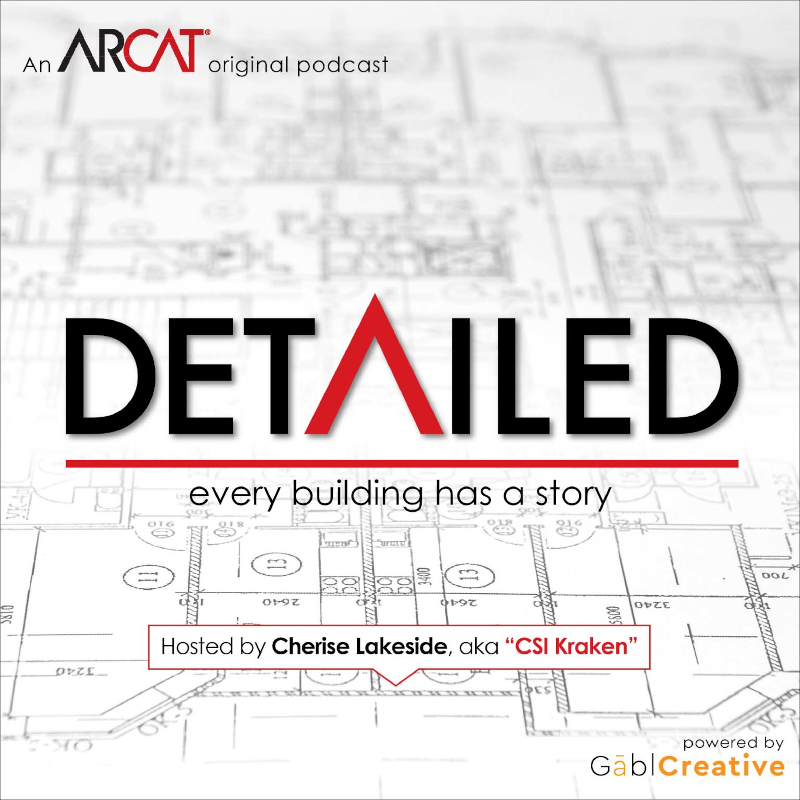|
Contributed by David Stutzman We see it time and again. The deadline approaches. The rush is on. All the delayed decisions and tasks are now urgent.
Stress builds. Checking stops. Mistakes happen. Coordination suffers. Quality erodes. Time runs out. Then comes the refrain, “We’ll catch it in the addendum.” The A/E is already spending his construction administration budget. And, ultimately, the Owner pays! Getting it right the first time ultimately saves time, avoids unnecessary costs, and relieves stress. Think about the consequences and the conclusion is obvious. What Are the Consequences? Let’s review a hypothetical project after the deadline. The documents are issued for bidding. The bidder receives the documents and checks to be sure he has everything that is required to develop his bid. He checks the specifications table of contents and compares the listed sections to those actually bound in the project manual. He also checks the drawing list against the drawing set. What is he likely to find? Missing or “extra” documents that are not named as part of the bid set? Documents with titles or numbers that do not match the list? Next step – RFI, and the bidder hasn’t even looked at the technical content. What else awaits discovery for potential Change Order? RFI Cycle The bidder writes the RFI, creates a transmittal, and sends it to the A/E. “Hey, Mr. A/E, I just received your bid set documents. What you said was included does not match what you sent. Would you please explain the discrepancies?” Translation: If this A/E can’t get the document list right, what can I expect of the content? The A/E’s clerk receives the RFI and logs it in. The clerk sends it to the project manager who reads it, decides who must respond, and returns it for distribution. The RFI is distributed to the project team. The team members review and respond. The project manager assembles all the responses, drafts a reply to the bidder, and collects the revised documents from the team. By the way, Owner tend to notice RFIs. Some may rate the A/E by the number of RFI and Change Orders. The more the bidders question missing or inaccurate information, the more the Owner’s faith in the A/E erodes. That faith may be critical, later, when defending a claim. But wait! It’s not so simple now. Once issued for bid, documents can only be changed by addenda. Drawing revisions must be clouded. Spec changes must be tracked. Each revision must be formally issued to modify or replace the previous issue. What Time Does the Process Take? Make your own assessment. I believe, on average, each RFI is a minimum of 8 hours – just for the design team. This is only the first RFI just to confirm the bidder has the right set of documents. How many more might there be? Meanwhile, the bidder is reviewing the content for the first barrage. The more the bidder finds the more his confidence in the documents erodes. The less the confidence, the greater the price to compensate for the perceived document quality and assumed risk. Let the Owner Pay Less! Bids include both the cost of construction and the bidder’s risk. Maximizing document quality reduces bidders’ risk and associated costs. Plus it also reduces the design team’s construction administration time and costs. A/Es have long lamented their cost overruns during construction administration. Managing document quality allows A/Es to reduce their risks during construction administration. When risks are reduced, fees can reflect the reduced risk. Reduced fees and better quality will put design teams at a decided advantage when pursuing the next commission. The Owner pays less and the A/E improves profits! What a combination. Plan for Quality Stop the stress and improve the documents. Adopt a workflow that promotes decisions and creates information when both are needed. Address all the easy issues first. Get them out of the way early. Then focus on the more difficult and important issue. Require a simple step to improve coordination. Insist that entire design team develop a proposed list of specification sections during Schematic Design. Maintain, update, and distribute the list regularly as the design develops. Or better, yet, use a live, collaborative document, accessible by the entire team. Add notes and questions to the list about the major products and systems that will be included in each specification. Use the specifications list as the powerful coordination tool it can be. Schedule time for quality checking and correcting. Set an early completion date for drawings and specifications before the end of each design phase. Distribute a check set. If possible, arrange for an independent review by staff members not on the design team. Schedule reviews. Allow time to make the necessary corrections and complete the coordination. Follow the schedule. (Editor's note: This blog post, along with numerous others, appeared originally on the Conspectus website. You can view an archive of Conspectus' posts here.)
5 Comments
8/1/2017 03:45:55 pm
This reminds of something I say ALL the time. If you don't have time to do it right, you certainly don't have time to do it over. I would love to see more accuracy in every phase of the work load. I once interviewed for a job where they asked me if I could work fast and with accuracy. I said no and thought for sure I wouldn't get the job because of my answer. But I was hired and I went on to become one of the better employees with an excellent accuracy record. I work at a steady pace, and it's usually done right the first time, so I don't have to do it over. In the long run, I'm ahead of the game.
Reply
8/1/2017 04:45:33 pm
"Schedule time for quality checking and correcting. Set an early completion date for drawings and specifications before the end of each design phase. Distribute a check set. If possible, arrange for an independent review by staff members not on the design team."
Reply
8/2/2017 08:56:57 am
I've equated addenda to foie gras (goose liver pate)... most people that like it feel somewhat repulsed once the find out it is made from the overly engorged and diseased innards of some poor bird that was force fed for the sum total of its short life. There are those that continue to enjoy, caring nothing for the process... while those that understand the need for ethical animal husbandry will find alternatives.
Reply
George Everding
8/2/2017 12:21:54 pm
Worse is "We'll correct it when we get the shop drawings." At least addendum changes have a chance of making it into the contract amount. Changes that architects make during submittal review result in change orders.
Reply
wes perreyclear
8/5/2021 09:07:47 pm
Unless the RFI's is at the hands of a bidder that can not take the time or understand the plans and just waste the project teams time and money!!
Reply
Leave a Reply. |
AboutLet's Fix Construction is an avenue to offer creative solutions, separate myths from facts and erase misconceptions about the architecture, engineering and construction (AEC) industry. Check out Cherise's latest podcast
Get blog post notifications hereArchives
March 2022
Categories
All
|


 RSS Feed
RSS Feed
